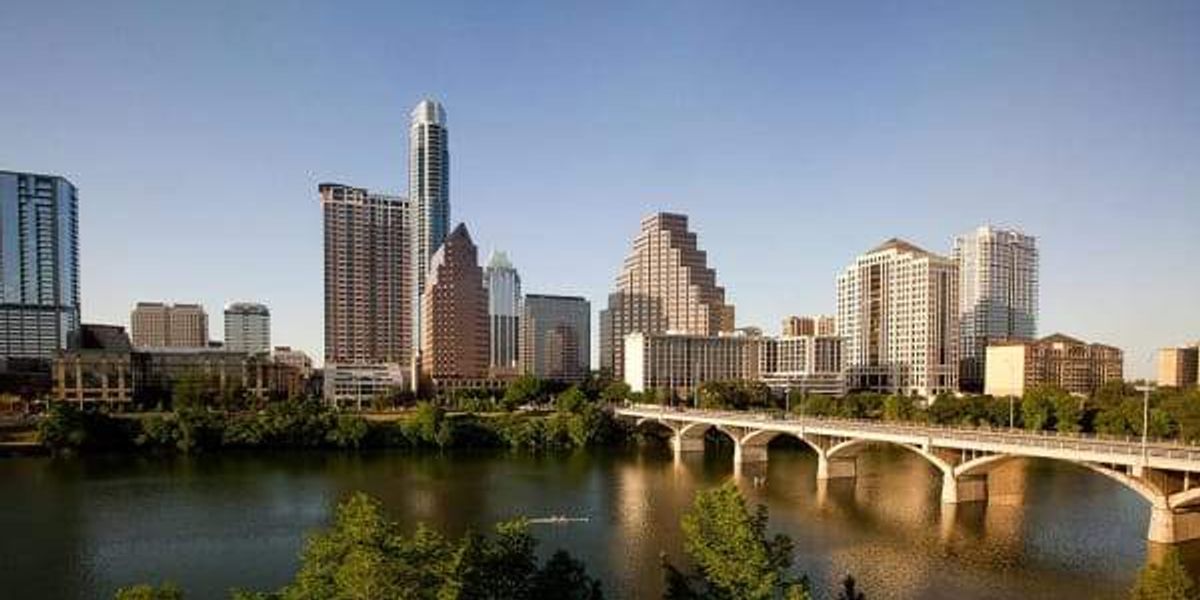While other Texas residents have reason to feel blue about a new ranking of the greenest cities in the U.S., Austinites can take some deep breaths: The Capital City is the greenest city in Texas for 2025.
Among the country’s 100 largest cities based on population, Austin ranks 26th across 28 key indicators of “green” living in a new study from personal finance website WalletHub. That’s enough to top the charts in Texas. Austin also ranked No. 26 in 2024.
Contrast Austin’s high placement with Houston, which ranks 99th out of 100, one place lower than last year. (The only city with a lower ranking in 2025 is Glendale, Arizona.)
“‘Green’ living means a choice to engage in cleaner, more sustainable habits in order to preserve the planet as much as possible,” WalletHub says.
Among the study’s ranking factors are the amount of greenhouse gas emissions per capita, the number of “smart energy” policies, and the presence of “green job” programs.
In the study, Austin received an overall score of 55.89 out of 100. WalletHub put its findings into four buckets, with Austin ranked 44th in the environment category and 24th in the transportation category, 23rd in the lifestyle and policy category, and 47th in the energy sources category.
In the WalletHub study, San Jose, California, earns the honor of being the country’s greenest city. It’s followed by Washington, D.C.; Oakland, California; Irvine, California; and San Francisco.
Here is where all the Texas cities landed:
Austin: No. 26Lubbock: No. 42El Paso: No. 45San Antonio: No. 51Laredo: No. 55Garland: No. 62Irving: No. 64Fort Worth: No. 69Plano: No. 77Corpus Christi: No. 79Arlington: No. 81Dallas: No. 86Houston: No.99
“There are plenty of things that individuals can do to adopt a green lifestyle, from recycling to sharing rides to installing solar panels on their homes,” WalletHub analyst Chip Lupo said in the report. “However, living in one of the greenest cities can make it even easier to care for the environment, due to sustainable laws and policies, access to locally grown produce, and infrastructure that allows residents to use vehicles less often. The greenest cities also are better for your health due to superior air and water quality.”
—
This story originally appeared on our sister site, EnergyCapitalHTX.

